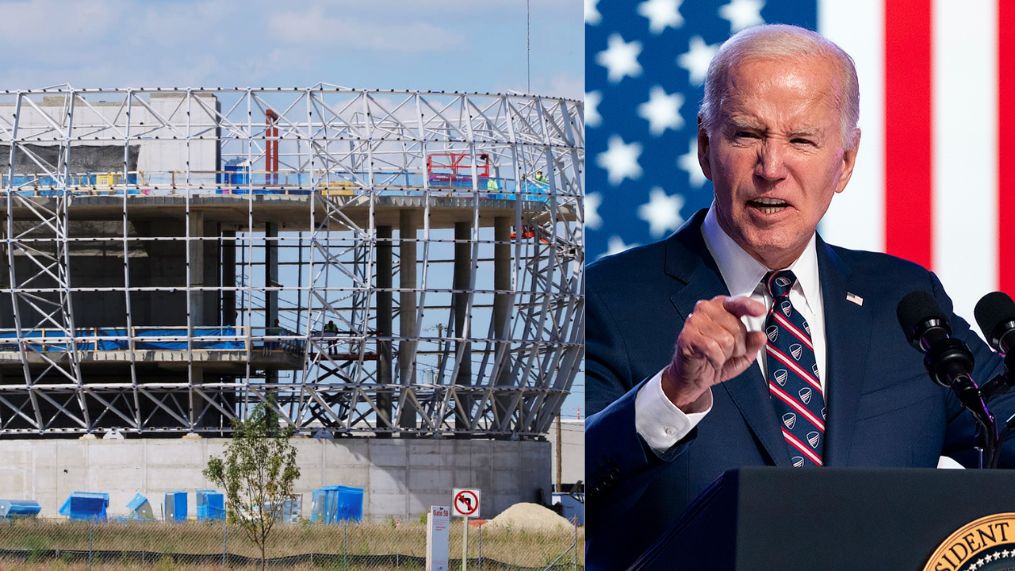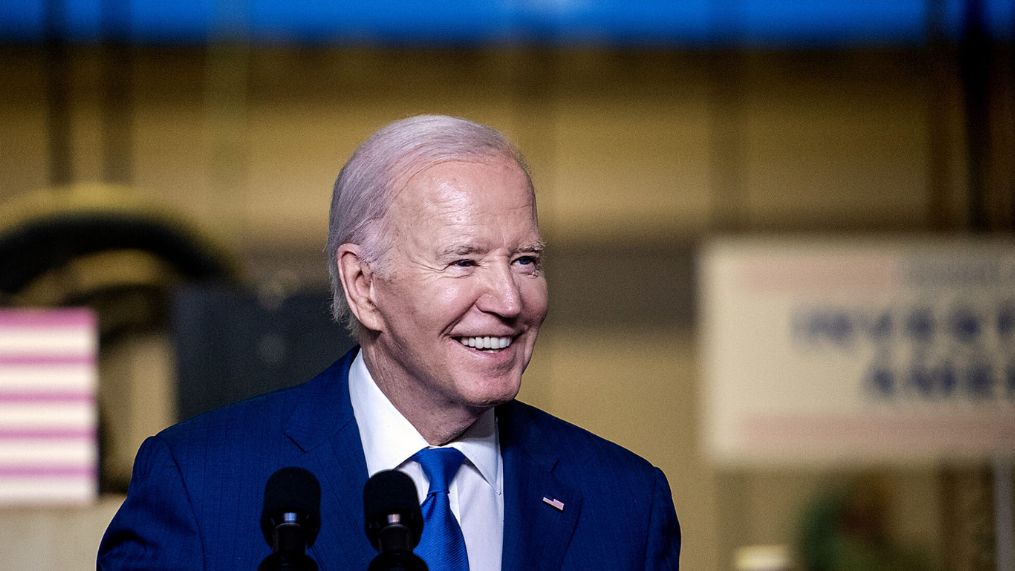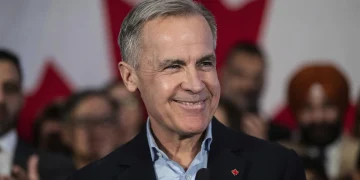President Joe Biden revealed Microsoft‘s plan to construct a $3.3 billion data center in southeastern Wisconsin, a sharp contrast to the scaled-back $10 billion Foxconn project supported by his predecessor.
Biden, during his fourth visit to Wisconsin in 2024, hailed Microsoft’s investment as a significant job creator in the pivotal battleground state.
The data center’s location, where Donald Trump once announced Foxconn’s investment, symbolizes this transition in economic focus.
Addressing a crowd at Gateway Technical College’s Sturtevant campus, Biden portrayed the investment as a testament to America’s resilience.
He contrasted his administration’s commitment to fulfilling promises with the unmet pledges of his predecessor.
The Foxconn project, initially lauded by Trump as a marvel, faced setbacks and criticism, eventually drastically reducing its scope and job forecasts.

Microsoft’s President, Brad Smith, outlined plans to infuse $3.3 billion into the project by 2026, leveraging artificial intelligence to enhance manufacturing and workforce capabilities.
The White House projected the creation of 2,300 union construction jobs and around 2,000 permanent positions. Biden’s legislative initiatives on infrastructure, chips, and climate change were credited with laying the groundwork for this investment.
Furthermore, Microsoft pledged to collaborate with Gateway Technical College to train 1,000 individuals for data center roles by 2030 and empower 1,000 business leaders to integrate AI into their operations.
Biden’s engagement extended beyond economic discussions. He interacted with campaign volunteers from Racine’s Black community, underscoring the importance of continued support to safeguard achievements made during his presidency.
With national polls showing a tight race against Trump, Biden’s campaign launched targeted ads aiming to bolster support among Black, Latino, and Asian voters.
Foxconn highlighted employment growth and its status as the largest taxpayer in the surrounding county.
Despite the contrasting outcomes, both projects symbolize the intersection of economic development, political aspirations, and community expectations in the heartland of America.





